WHAO & IDIG2LEARN | Earth Love Day Local Activity
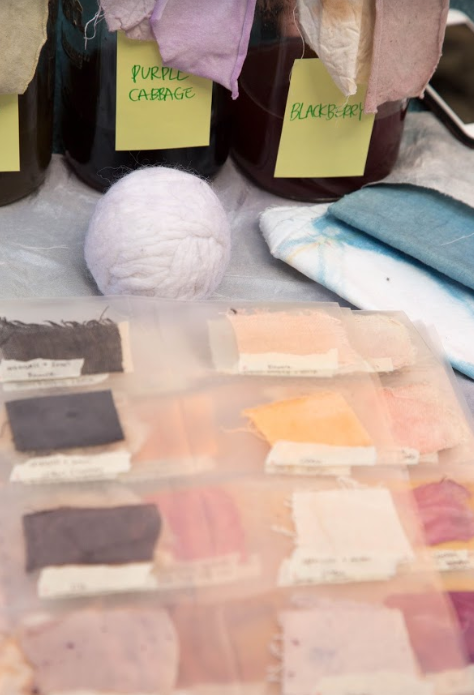
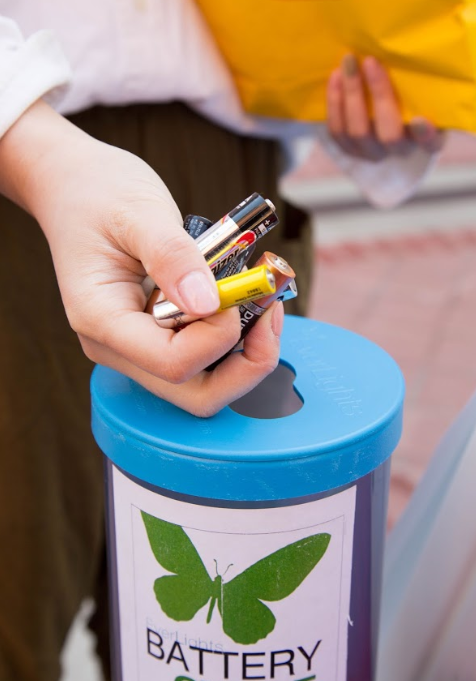
On April 27, 2019, the World Human Accountability Organization (WHAO) was invited by idig2Learn as one of the hosts at an environmental activity at Roosevelt Island with several other New York based non-profit organizations, including Big Reuse, Wengerd Farm, Roosevelt Island Garden Club.
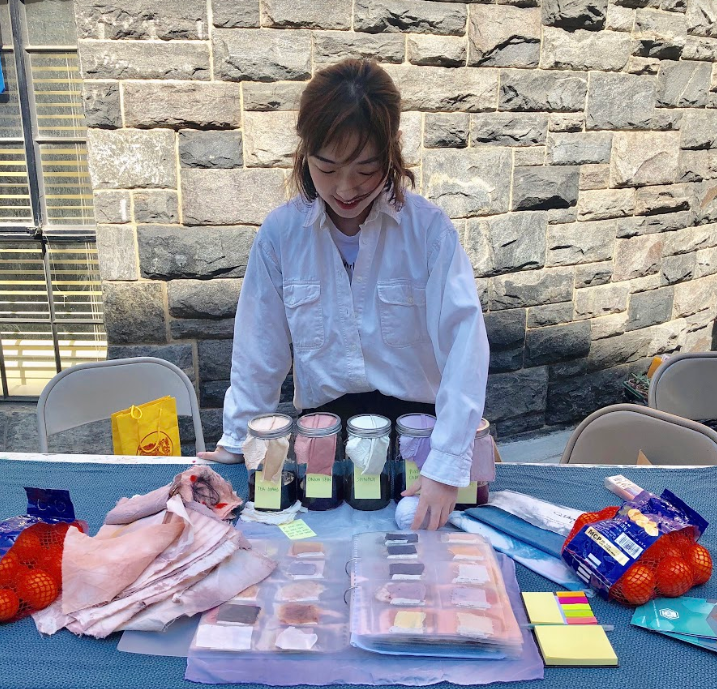
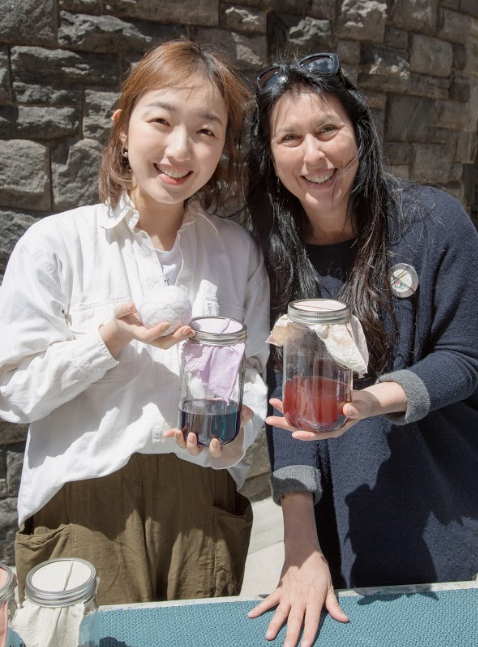
(L: Sara Qihan Dong from WHAO. R: Christina Delfico from IDIG2LEARN)
The activity was a local environmental protection event called - "Earth Love Day" took place at the Good Shepherd Plaza Farmers Market of Roosevelt Island. On the day of the event, numerous interactive activities and games were prepared for the ‘islanders’ (residents of Roosevelt Island), demonstrating diverse ways of sustainable lifestyle. Activities include lottery wheel, compost material quiz, food waste drop-off, compost giveaways, battery recycle, safe medication disaposable box recycle, and especially, WHAO’s project manager, Sara Dong, experimented and demonstrated the possibility of natural dyeing clothes or foods with food wastes, such as tea residue, onion skins, and other natural ingredients. The activity approximately attracted over 100 residents and 3 restaurants of Roosevelt Island to join this Earth Love Day.
"Food scraps are not waste!" said by Christina Delfico.
"Instead of throwing away food scraps, there are many ways to reuse them!" said by Sara Q. Dong.
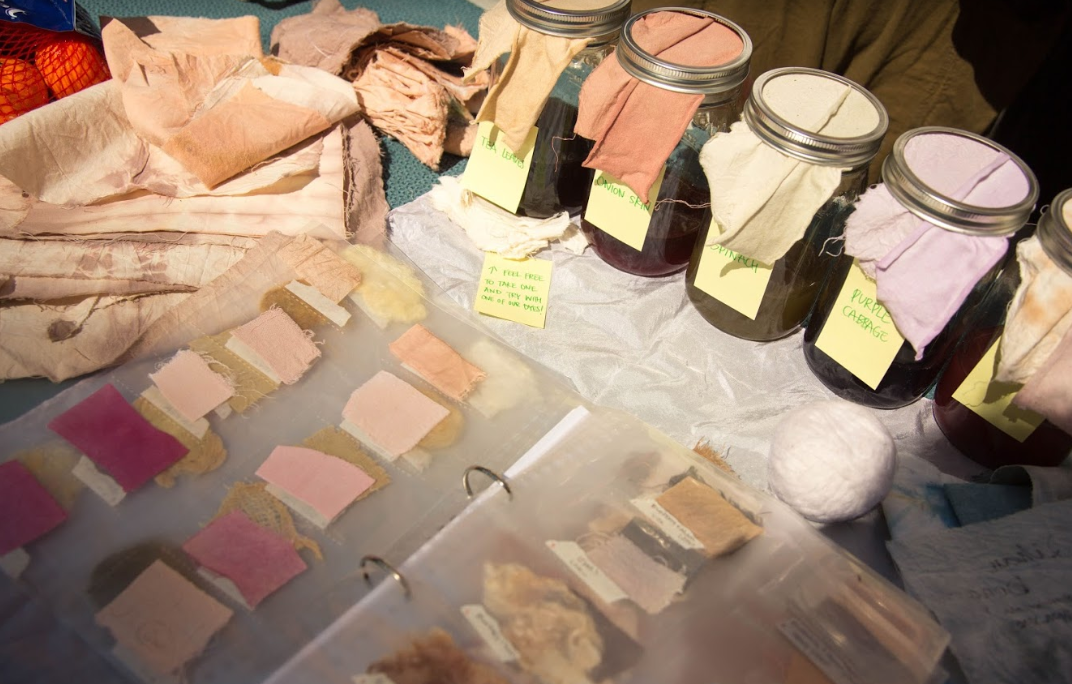
Some shocking statistics on food waste:
Roughly one third of the food produced in the world for human consumption every year — approximately 1.3 billion tonnes — gets lost or wasted.
Food losses and waste amounts to roughly US$ 680 billion in industrialized countries and US$ 310 billion in developing countries
Every year, consumers in rich countries waste almost as much food (222 million tonnes) as the entire net food production of sub-Saharan Africa (230 million tonnes).
Fruits and vegetables, plus roots and tubers have the highest wastage rates of any food.
These numbers on food waste showcase a global phenomenon — almost a third of all the world’s food goes to waste. Although food waste is typical in areas of inequality and poverty, rich countries like the US and the UK are responsible for high levels of waste as well. Too much food is bought and uneaten. A great article written by the New York Times explains in greater detail this issue: https://www.nytimes.com/2017/12/12/climate/food-waste-emissions.html.
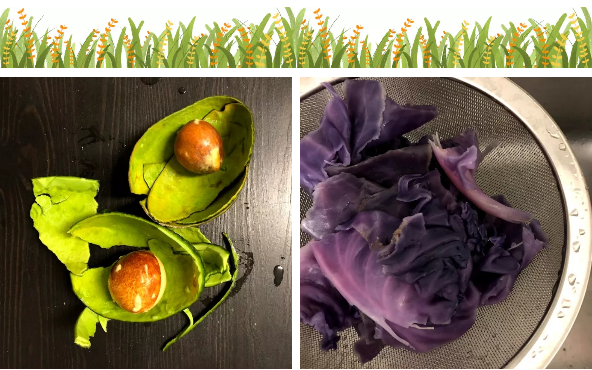
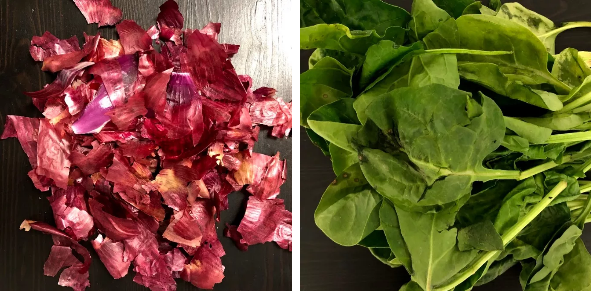
Now, have you ever wondered what to do with the left-over or rotten fruits and vegetables at home? Or can't finish the remaining food residue? If you felt it would be such a waste to throw them all into the trash can, what else could you do? In fact, there are many interesting and environmentally friendly solutions!!
1. It Can Be Used to Make Organic Compost!
2. Or Homemade Natural Dyes for Your Food or Fabric!
3. You Can Also Make Homemade Paints for Paintings!
———————————————————————————————————————————————————————
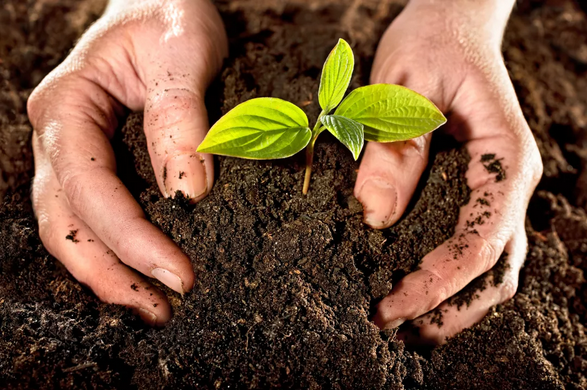
1. Homemade Organic Compost
On the day of the event, Roosevelt Island showed us its sustainable recycling system. All the kitchen waste and garbage will not leave Roosevelt Island, instead will be reused again as compost and become part of the soil again. A few weeks ago, three restaurants from the island donated all the kitchen waste to the NYC Compost Project to make a large bucket of organic compost. During the Earth Day environmental activities, we gave away free organic compost to Roosevelt Islanders, people took bottles and cans to get the amount of compost they needed, and learned how to make compost at home.
The following simple instructions teaches you how to make three kinds of compost at home!
[1) egg shell + banana peel homemade phosphorus potassium compound compost]
Phosphorus and potassium are a nutrient for many plants. The eggshell contains a lot of phosphorus, and the banana skin contains a lot of potassium, which is just used as a phosphorus-potassium compound fertilizer.
Instruction: Wash the egg shell thoroughly with water and then dry it. The banana peel is also dried. The more dried the two are, the better. You can use it as a fertilizer by breaking the two with a blender. If you don't have a blender, you can wrap it in a cloth and break it.
Note: Do not put the egg shell directly into the pot, this will attract a lot of bugs, even mice. When fertilizing, mix the powdered powder with the soil, or add it to the compost to increase the content of calcium, phosphorus and potassium in the compost.
Egg shells and banana peels contain calcium, iron, zinc, magnesium, silicon and other elements, which are applied to the soil and can also improve the physical properties of the soil. Let the soil be looser, both breathable and drained, which is conducive to the growth of the roots. At the same time, the soil is soft and breathable, which is beneficial to the growth of microorganisms in the soil.
[2) humus soil]
The humus soil, also known as humus soil, is a nutrient soil formed by the microbial decomposition and fermentation of the plant leaves and leaves in the soil. It is light and loose, with good permeable and ventilating properties, and has strong water and fertilizer retention capacity. Mixed with other soils can significantly improve soil and improve soil fertility.
Instruction: When going to climb a mountain, under the big tree with many leaves, the soft black soil under the leaves is the humus soil, and it is very easy to bring back a large bag.
Note: The humus soil that is taken back is best dried in the sun for six or seven days, using high temperature and ultraviolet rays to kill the pests inside.
You can get this organic fertilizer with a little care, especially for people living in the city. This organic fertilizer contains not only the large amount of elements required by plants, but also the medium and trace elements required by it. It is non-toxic and non-polluting, does not burn roots, and does not burn seedlings.
[3) kitchen waste compost]
Every day, we produce a lot of food waste, which is not only environmentally friendly, but also an excellent fertilizer for your vegetables and flowers.
Instruction: Cut the daily cooking food (must not have any defective materials) into a sealable container such as a sealed foam box. The more broken the material, the easier it is to be degraded. If you have enough food, you can go to the store to collect some egg shells (washed), put the fruit skins inside, or go under the big trees to collect the leaves that are going to rot. After collecting, lay a layer of soil on top, and leave a space of three centimeters on the top. Water the water and spread the three centimeters of dry soil on top to prevent odors. Put the foam box on the corner of the balcony. If there are cockroaches, it is better to put dozens of pieces into it. After three months, you get a good black, fine soil-like compost. If you add some rapeseed or peanut oil and slag and dried eggshell in the kitchen, you can get better compost.
Note: There must be no oil, meat or salt added, otherwise there will be bugs or even mice. The production of this kind of organic fertilizer takes a long time, but the pay is rewarded. After your vegetables or flowers are used to compost, you will be rewarded with the best condition.
———————————————————————————————————————————————————————
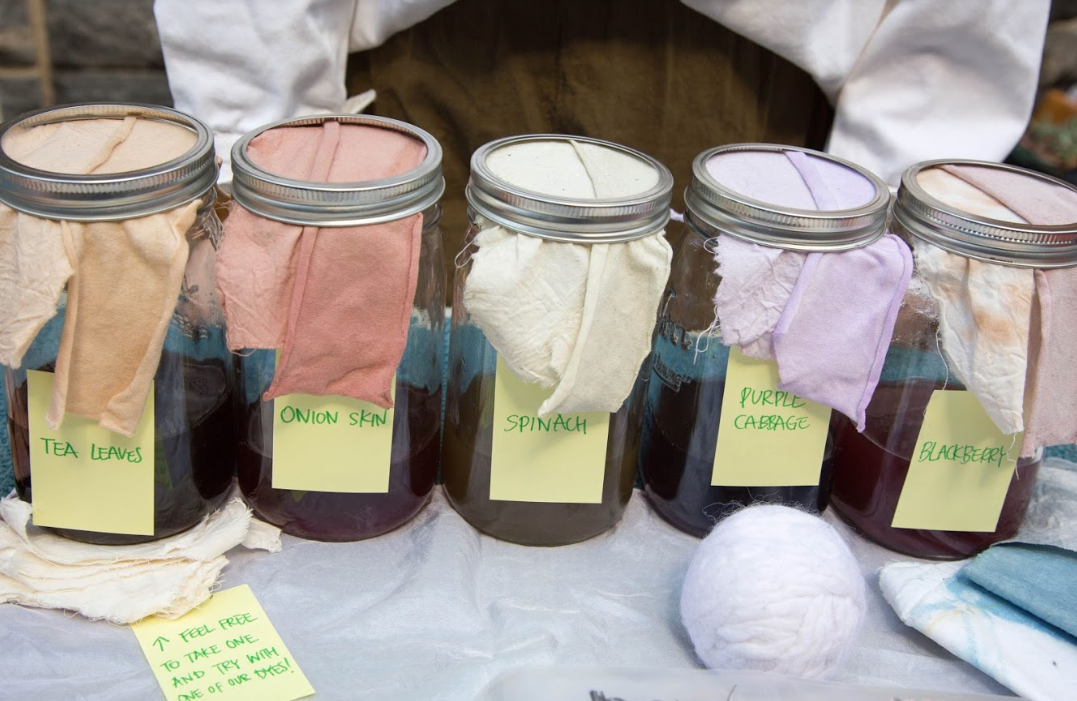
2. Homemade Natural Dye
Food waste and food residue can also be used as a natural coloring agent for cloth or food! Clothing, scarves, sheets, eggs, pasta, desserts, most of the food or fabric you can think of can be dyed.
Basic materials:
• Natural colored food or plants.
• Pure natural fabrics – usually natural fabrics or fabrics such as wool, cotton, linen or silk, the main reason being natural fabrics, the microscopic cellulose is relatively rough, and the too smooth fabrics are not very solid. color.
• Mordant – mainly to help the fabric to be better colored, there are many types of mordant, usually salt, white vinegar, soda and so on.
Instruction: Put water and food waste or peel into the pan, usually in a ratio of 2:1. When the water is boiled to a bright color, usually for an hour or so, use a colander to filter out the food residue and pour it into a glass bottle. The simple natural dye is ready! If you need a lighter color, reduce the proportion of vegetables or reduce the dyeing time, and vice versa will get a darker color. Homemade dyes are like soups. One hundred people have one hundred recipes. They are always familiar with them. The more you try, the more likely you are to find your favorite method. Encourage everyone to try more at home! This is also a very suitable parent-child activity for kids to interact at home on weekends~
Note: Only natural materials can be naturally dyed, different materials will require different fixing agents, and different fixing conditions will occur. Normal fading occurs due to pure natural food staining. Especially naturally dyed fabrics or wovens, need to be hand-washed at least two times after dyeing to ensure no more fading and then dry.
———————————————————————————————————————————————————————
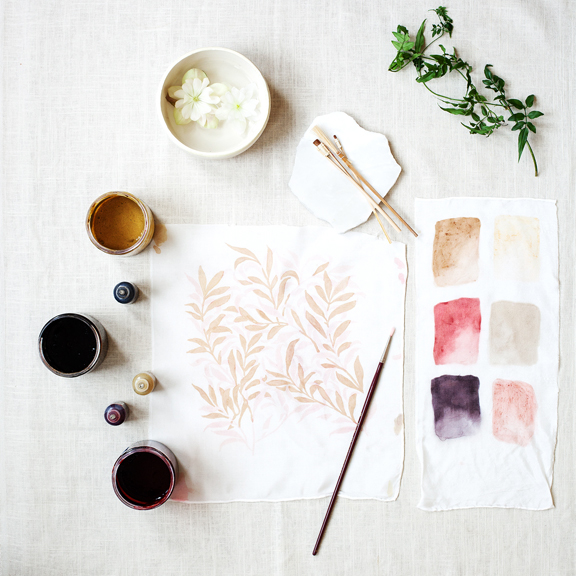
3. Homemade paint
Instruction: Just as the above homemade natural dye steps, boil until you get the desired color, add a spoonful of food thickener and stir well with a blender. The consistency can be grasped according to your own preferences. It is recommended to start adding from a small amount (1/4 of the measuring spoon). After the solid pigment is formed, it can be placed in a sealed canister and stored in the refrigerator for a long time. When you need it, it is very convenient to paint with a paint brush or directly by hand.
Note: After all, it is a dye made from natural food, so the storage time would also be limited. It is recommended to make just enough amount every time. It is necessary to control the amount that can be used up in 3-6 months. Need to be sealed and refrigerated.
———————————————————————————————————————————————————————
Please click this link for more reports and videos about this Earth Love Day event: http://rooseveltislander.blogspot.com/2019/05/roosevelt-island-celebrates-earth-love.html
The World Human Accountability Organization (WHAO) is committed to three major areas of work: equality in education, poverty relief, and environmental protection. We put efforts to promote the UN 2030 Sustainable Development Goals (SDGs). Our programs and activities are spread all over the world, including Asia, Africa, and North America. This recent event allowed us to get involved with our major area of environmental protection at the local and lovely neighborhood in New York. We are seeking for collaboration to increase our reach and impact globally!
Please feel free to reach out to us! Any non-profit organizations, private sector, or individuals who are interested in collaborating with us, all welcome to contact us! Please get in touch with us through email: whaonyc@gmail.com or get more information through this official website.
We are looking forward to a better tomorrow with you!
“ Dedicated towards building a better tomorrow ”